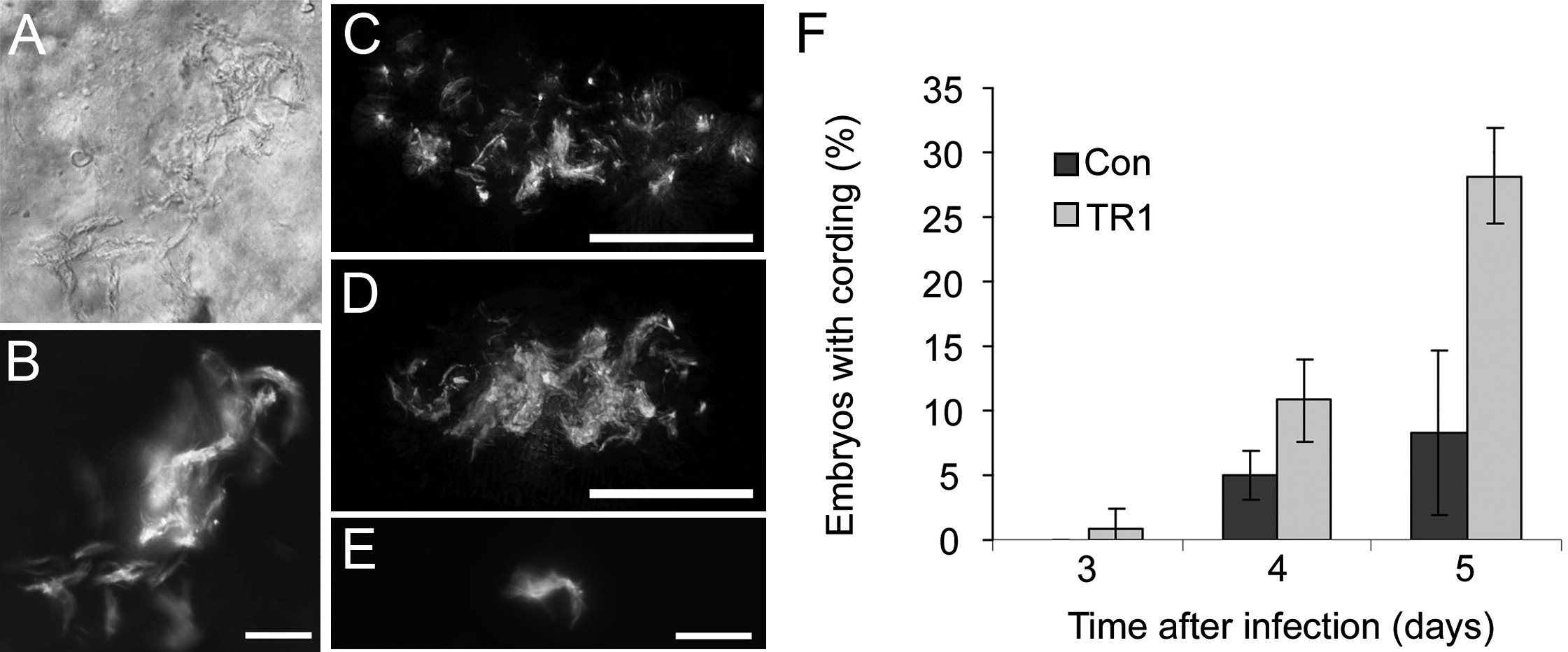Fig. 6 TR1 Morphant Embryos Are More Likely to Have Extracellular Bacteria as Indicated by Cording
DIC (A) and fluorescence (B?E) imaging of bacteria in vivo. As shown in (A) and (B), extracellular bacteria in Pu.1 morphant embryos without macrophages display the cording phenotype. The scale bar represents 25 μm. As shown in (C) and (D), flattened 3D Z stacks of control (C) and TR1 morphant (D) granulomas demonstrate cording in TR1 morphant embryos. Scale bars represent 50 μm. (E) shows cording after what appears to be breakdown of an individual infected macrophage in infected TR1 morphant embryo. The scale bar represents 25 μm. As shown in (F), four pools of 30 embryos were injected with 18 ± 5 CFU and scored daily for the presence of extracellular bacteria as indicated by cording and plotted as the percentage of embryos with cording ± the standard deviation. TR1 morphant embryos had significantly higher percentages of embryos with cording at all time points by Student's unpaired t test (p < 0.05 for 3 and 4 dpi, p < 0.01 for 5 dpi).
Reprinted from Immunity, 29(2), Clay, H., Volkman, H.E., and Ramakrishnan, L., Tumor necrosis factor signaling mediates resistance to mycobacteria by inhibiting bacterial growth and macrophage death, 283-294, Copyright (2008) with permission from Elsevier. Full text @ Immunity

